
Río is a barrio in the municipality of Guaynabo, Puerto Rico. Its population in 2010 was 2,791.

Candelaria is a barrio in the municipality of Toa Baja, Puerto Rico. Its population in 2010 was 23,343.

Guanajibo is a barrio in the municipality of Hormigueros, Puerto Rico. Its population in 2010 was 5,959.
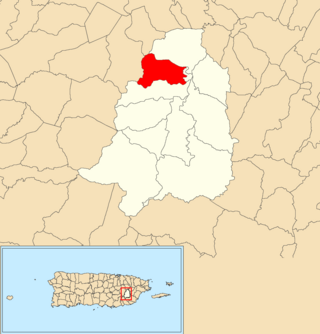
Hato is a barrio in the municipality of San Lorenzo, Puerto Rico. Its population in 2010 was 6,945.
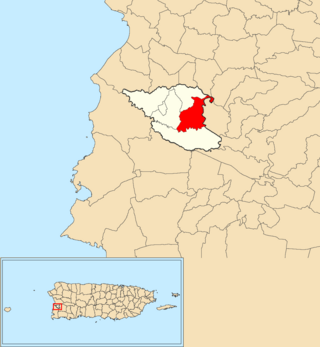
Lavadero is a barrio in the municipality of Hormigueros, Puerto Rico. Its population in 2010 was 4,305.

Machos is a barrio in the municipality of Ceiba, Puerto Rico. Its population in 2010 was 3,567.

Quebrada Seca is a barrio in the municipality of Ceiba, Puerto Rico. Its population in 2010 was 1,415.

Saco is a barrio in the municipality of Ceiba, Puerto Rico. Its population in 2010 was 1,815.
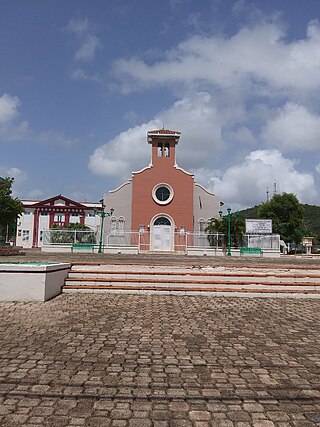
Ceiba barrio-pueblo is a barrio and the administrative center (seat) of Ceiba, a municipality of Puerto Rico. Its population in 2010 was 3,677. As was customary in Spain, in Puerto Rico, the municipality has a barrio called pueblo which contains a central plaza, the municipal buildings, and a Catholic church. Fiestas patronales are held in the central plaza every year.

Ceiba Alta is a rural barrio in the municipality of Aguadilla, Puerto Rico. Its population in 2010 was 667.

Ceiba Baja is a rural barrio in the municipality of Aguadilla, Puerto Rico. Its population in 2010 was 2,356.
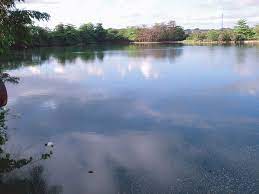
Guerrero is a rural barrio in the municipality of Aguadilla, Puerto Rico. Its population in 2010 was 3,406. In Guerrero barrio is Rafael Hernández, a comunidad.
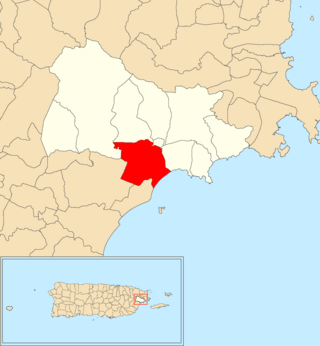
Río is a barrio in the municipality of Naguabo, Puerto Rico. Its population in 2010 was 5,350.
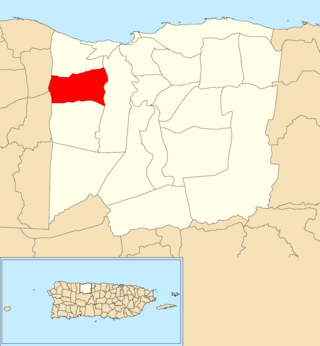
Hato Arriba is a barrio in the municipality of Arecibo, Puerto Rico. Its population in 2010 was 8,495.

Río Lajas is a barrio in the municipality of Toa Alta, Puerto Rico. Its population in 2010 was 2,566.

Ceiba is a barrio in the municipality of Cidra, Puerto Rico. Its population in 2010 was 3,850.

Cocos is a barrio in the municipality of Quebradillas, Puerto Rico. Its population in 2010 was 4,889.

Jiménez is a barrio in the municipality of Río Grande, Puerto Rico. Its population in 2010 was 2,925.
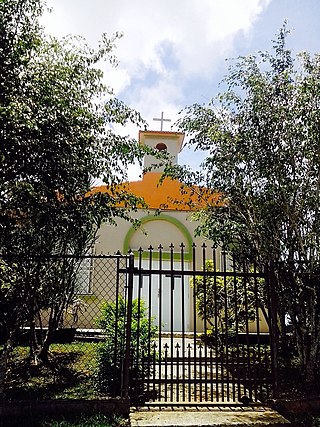
Certenejas is a barrio in the municipality of Cidra, Puerto Rico. Its population in 2010 was 6,049. A newer barrio, it was formed from part of Bayamón barrio, also in Cidra.

Sud is a barrio in the municipality of Cidra, Puerto Rico. Its population in 2010 was 3,714.





















